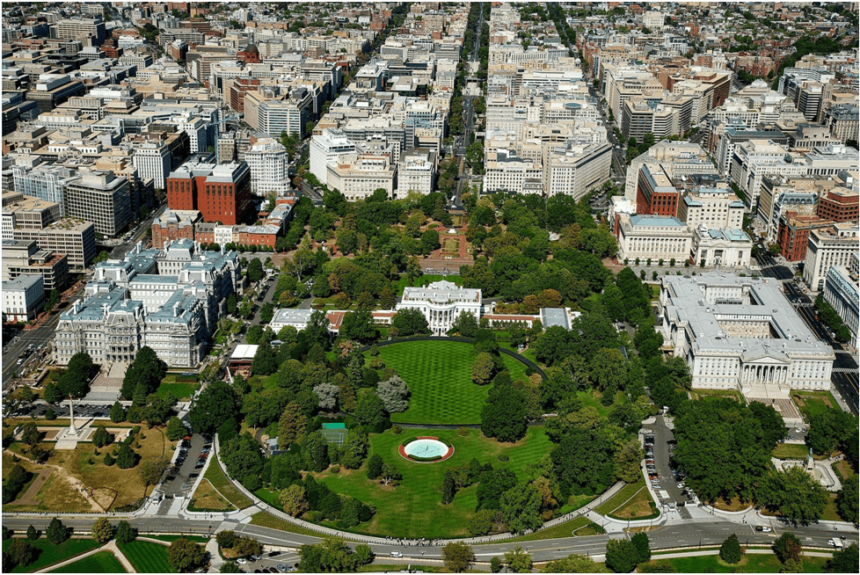The rental market in Washington, D.C., is changing fast, and as an investor, staying on top of these changes is crucial. Whether it’s shifting tenant expectations, evolving regulations, or new market trends, understanding what lies ahead will help you make smarter investment choices. In a city where rental demand is consistently high, factors like rent control, tenant protections, and affordability are shaping the future of real estate.
This article will explore the key elements of D.C.’s rental market and what every investor should know to stay competitive and maximize returns in the coming years.
Understanding Tenant Protections and Regulations in D.C.
One of the most important aspects of investing in D.C.’s rental market is understanding tenant protections. Washington, D.C., has some of the most tenant-friendly laws in the country. As an investor, this means you’ll need to be familiar with these rules to avoid potential legal issues down the road.
For example, renters rights in D.C. include protections against arbitrary evictions. Landlords cannot evict tenants without a valid reason, such as failing to pay rent or violating important lease terms. Additionally, the city has regulations around security deposits. Landlords cannot charge more than one month’s rent as a security deposit, and they are required to return it within 15 to 60 days after the tenant moves out, depending on specific circumstances. Understanding these regulations is critical for investors who want to build long-term success in D.C.’s rental market.
Rent control is another significant factor to consider. D.C.’s rent control laws limit the amount by which landlords can increase rent each year. These laws aim to protect tenants from sudden rent spikes, but they can also limit the potential profits for property owners. Knowing how to navigate these rules is key to making smart investment decisions.
The Impact of Rent Control on Investment Decisions
Rent control in D.C. is a double-edged sword. On the one hand, it provides stability for both tenants and landlords, ensuring that rent increases are predictable and manageable. On the other hand, it can cap the potential for increasing profits from rental properties, which might be a deterrent for some investors.
Under D.C.’s rent control laws, landlords are only allowed to increase rents by a certain percentage each year, typically tied to the Consumer Price Index (CPI). For most rental units, this increase is capped at 2% above the rate of inflation. While this offers stability, it also means that landlords may not be able to adjust rents to match rising market prices.
For investors, the challenge lies in finding a balance. Rent-controlled properties may not offer the same short-term financial gains as non-controlled properties, but they do provide a level of security. The predictable rental income can be a positive aspect in a market where other expenses, such as property taxes and maintenance, may fluctuate. If you’re willing to play the long game, rent-controlled units could still be a worthwhile investment, especially in a high-demand city like Washington, D.C.
Demand for Affordable Housing and Its Effect on the Market
The cost of living in Washington, D.C., has been rising steadily, which has created an increased demand for affordable housing. For investors, this presents both a challenge and an opportunity.
There’s no denying that the demand for affordable housing is growing. Middle-income renters and families are struggling to find places to live in the city, and this demand isn’t expected to decrease anytime soon. As an investor, meeting this demand can offer long-term financial benefits, especially as the government provides incentives to encourage the development of affordable rental units.
Local authorities have been pushing for more affordable housing options through various programs, offering developers and landlords incentives such as tax breaks for setting aside a portion of their units for lower-income tenants. This can be an appealing option for investors who want to contribute to the city’s housing needs while also maintaining profitability.
However, it’s important to consider the costs involved in developing or maintaining affordable housing. Properties designated as “affordable” may come with rent caps, limiting potential profits. Still, the steady demand for affordable housing in D.C. can offer stability in an otherwise volatile market.
Shifts in Renter Demographics
The demographic landscape of Washington, D.C., is shifting. More young professionals, students, and remote workers are entering the rental market. This shift is having a significant impact on the types of properties that are in demand.
Younger renters, particularly millennials and Gen Z, tend to prefer flexible leasing options, modern amenities, and proximity to public transportation or workplaces. Remote workers, a growing demographic since the pandemic, are also looking for homes that offer dedicated office space or proximity to co-working spaces.
Investors should consider tailoring their properties to meet these demands. Offering shorter, more flexible lease terms or outfitting properties with high-speed internet and workspace-friendly environments can be attractive selling points. Proximity to public transportation, dining, and entertainment is also crucial when attracting younger renters.
By understanding these shifts in renter demographics, investors can make informed decisions about which properties to buy, renovate, or market to potential tenants.
Sustainability and Green Buildings: A Growing Trend
Sustainability is more than just a buzzword in today’s rental market. Many renters, especially younger ones, are looking for eco-friendly living spaces. As the focus on environmental responsibility grows, so does the demand for energy-efficient, green buildings.
Green buildings not only attract environmentally conscious tenants but can also lower landlords’ operating costs. Energy-efficient appliances, solar panels, and sustainable materials reduce utility costs and appeal to tenants who want to reduce their carbon footprint.
Investing in sustainable properties or upgrading existing units to include green features can help investors stand out in the market. Additionally, properties with eco-friendly certifications often have higher occupancy rates and attract tenants willing to pay a premium for sustainability.
In conclusion, Washington, D.C.’s rental market is evolving, and investors need to stay informed to make smart decisions. Understanding tenant protections, rent control laws, and market demand is essential for long-term success. While challenges like rent control and affordability can limit short-term profits, they also offer opportunities for stability and growth.
By staying ahead of trends, investors can ensure they remain competitive in the ever-changing D.C. rental market.




